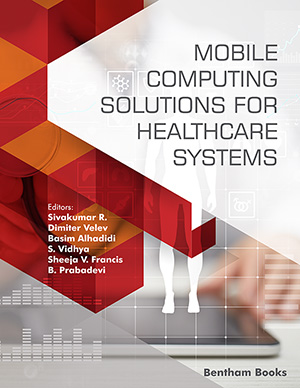
Abstract
Background: Various forms of epigenetic modification, including DNA methylation, contribute to hepatocellular carcinoma (HCC) dissemination, invasion, and metastasis. The Persian shallot (Allium hirtifolium Bioss.) is reported to have antibacterial, antifungal, antioxidant, and anticarcinogenic properties.
Aims: In the present study, we examined the expression of DNA (cytosine-5)-methyltransferase 1 (DNMT1) and ten-eleven translocation methylcytosine dioxygenase 1 (TET1) at the mRNA level in HepG2 cells following treatment with Persian shallot extract.
Method: Ethanolic extracts of Persian shallot were prepared and dried at 80°C and 50°C for 20 and 30 minutes, respectively. Different concentrations of dried shallot extract over the range of 0-250 µg/ml were prepared. HepG2 cells were cultured and the cytotoxicity of each extract concentration was measured using an MTT assay. The gene expression in treated and untreated cells was assessed by Real-time polymerase chain reaction (RT-PCR).
Results: The half maximal inhibitory concentration (IC50) was determined to be 149 µg/ml using an MTT assay. A concentration of 175 µg/ml was found to reduce the expression of DNMT1 in the treated group compared to the control group (P<0.001). Furthermore, the TET1 mRNA of HepG2 cells was down-regulated significantly after treatment with 100 and 1000 µg/ml of Persian shallot extract (P<0.05). These doses reduced the viability of the samples by 60% or higher.
Conclusion: This study provides evidence for the potential use of Persian shallot extract as a supplementary herbal agent for the treatment of HCC. The concentrations of extract used in this study are near or above the level required for toxicity, and as such, further study is warranted.
Keywords: Persian shallot, neoplasm, HepG2 cells, gene expression, DNA (cytosine-5)-methyltransferase 1 (DNMT1), teneleven translocation methylcytosine dioxygenase 1 (TET1).
[http://dx.doi.org/10.1016/B978-0-12-812494-9.00011-1]
[http://dx.doi.org/10.18632/oncotarget.25673] [PMID: 30018746]
[http://dx.doi.org/10.1038/nature11881] [PMID: 23389445]
[http://dx.doi.org/10.1038/nrg3354] [PMID: 23400093]
[http://dx.doi.org/10.1159/000498947] [PMID: 31055566]
[http://dx.doi.org/10.1038/35010000] [PMID: 10801130]
[http://dx.doi.org/10.1245/s10434-017-5913-4] [PMID: 28593503]
[http://dx.doi.org/10.1093/carcin/bgq221] [PMID: 20980350]
[http://dx.doi.org/10.1126/science.1170116] [PMID: 19372391]
[http://dx.doi.org/10.1126/science.1210597] [PMID: 21778364]
[http://dx.doi.org/10.1038/onc.2012.67] [PMID: 22391558]
[http://dx.doi.org/10.3389/fgene.2017.00100] [PMID: 28769976]
[http://dx.doi.org/10.1016/j.drudis.2020.06.003] [PMID: 32554061]
[http://dx.doi.org/10.2174/138920008785821657] [PMID: 18781909]
[http://dx.doi.org/10.22034/ncm.2022.350622.1050]
[PMID: 23455213]
[http://dx.doi.org/10.3390/molecules24183281] [PMID: 31505821]
[http://dx.doi.org/10.5114/aoms.2011.20602] [PMID: 22291731]
[http://dx.doi.org/10.1016/j.chroma.2005.07.081] [PMID: 16233877]
[http://dx.doi.org/10.5009/gnl15257] [PMID: 27114433]
[http://dx.doi.org/10.1515/jbcpp-2012-0017] [PMID: 23104823]
[http://dx.doi.org/10.1016/j.nut.2005.05.010] [PMID: 16500553]
[http://dx.doi.org/10.1007/s10616-008-9145-0] [PMID: 19002856]
[http://dx.doi.org/10.1242/dev.070771] [PMID: 22569552]
[http://dx.doi.org/10.1038/nrg816] [PMID: 12042769]
[http://dx.doi.org/10.1093/nar/gnh032]
[PMID: 24551817]
 10
10 2
2



























